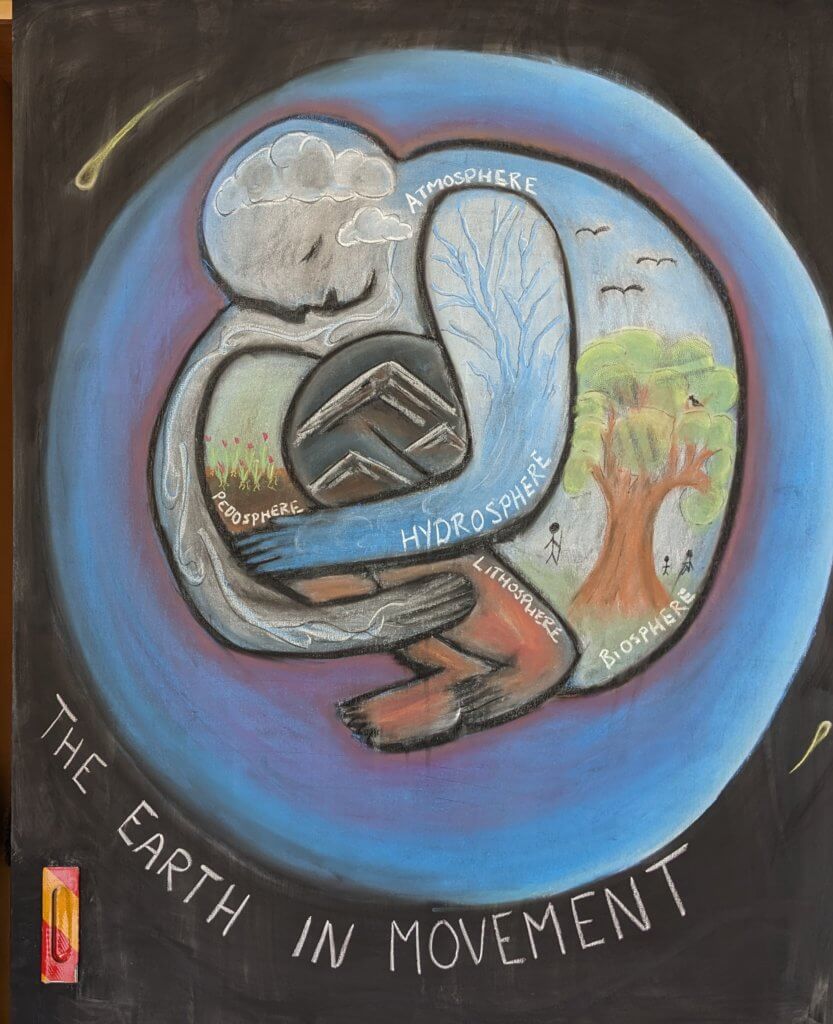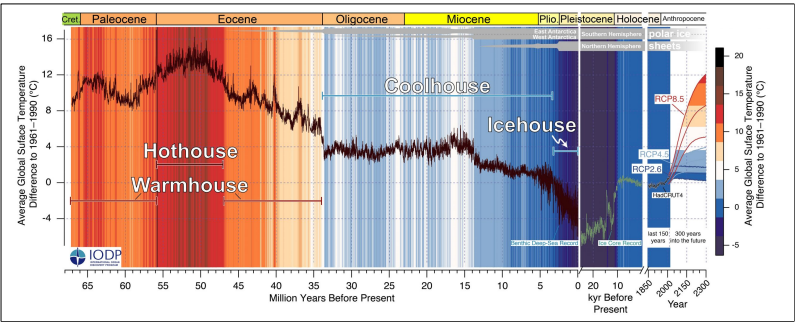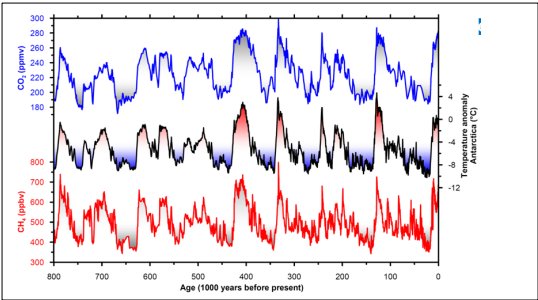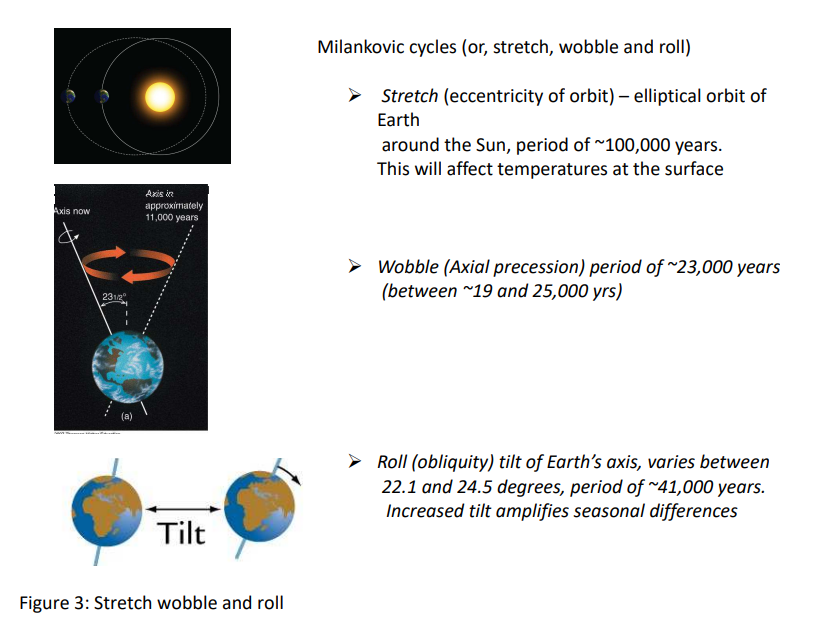Tarremah Steiner School Grade 10

Our Questions
Polling about climate change worldwide shows that most people understand climate change and are concerned about it. The largest ever survey to understand how people think about climate change and climate action shows that an average of 64% of people worldwide think that climate change is an emergency that needs rapid action. Despite this, there are still people who deny that climate change exists or that it needs to be urgently responded to.
There is some research that suggests that trying to win over “climate sceptics” with arguments about the irrefutable findings of climate science doesn’t really help convince them. It may even push them further into denial of climate change. If we are having a conversation about climate change with someone who doesn’t “believe” in climate change, we should try to be aware of what they value – and then speak about those things in relation to climate change.
This question also asks about some of the biggest ‘denier’ arguments, so let’s address those:
Climate change isn’t anthropogenic (caused by humans)
The argument here is that the climate has always changed and that current climate change is just a natural phenomenon. Decades of painstaking climate science show this is not the case. Putting more CO2 in the atmosphere causes the planet to heat. Atmospheric CO2 concentrations have fluctuated over geological time, but we know that over the past million years they have never been as high as they are today and that the current increase is definitely caused by human activity.
Climate scientists don’t agree that climate change is happening
This is not true. Research shows that 99% of publishing scientists who work in the area of climate change agree that climate change is happening now and that it is anthropogenic.
We can’t do anything about climate change (it’s too late)
It’s true that we have left it very late to take meaningful action on climate change – but it is not too late to make transformational change that will reduce the worst impacts of climate change. We can’t return to the climate of the past, but we can work towards the best possible future under climate change. We have no time to waste.
It’s been cold lately – that’s proof that climate change isn’t happening
Incorrect. This claim confuses weather and climate. Weather always fluctuates day to day. Climate is the long term average of weather. And that long term average is changing: the planet is definitely heating up. We know it has heated 1.1°C since pre0industrial times.
If you’d like to do some more reading and thinking about how to talk with climate change deniers, you can start with this excellent article by BBC.
There are three parts to this question. The first one relates to the role of government, as opposed to the role of private sector in reducing carbon emissions and carbon dioxide concentrations in the atmosphere. The second part relates to role of Carbon Capture Technology, and indeed how we define this technology. The third part is the role of taxes in funding government initiatives.
Governments, such as the Australian Government, have an important role in providing public goods, such as a safe climate. They can support the provision of this public good by working with the private sector in helping them reduce carbon emissions at source (i.e. where they are emitted, such as through ‘smoke stacks’). Government assistance can take the form of public funding to develop new technologies to capture carbon at source, or to reduce carbon dioxide concentrations in the atmosphere, such as through reforestation and wetland regeneration.
This leads to the second part of my response, involving Carbon Capture Technology. Can this ‘technology’ involve activities such as reforestation and wetland regeneration? I work on wetland restoration projects that are funded by the Australian Government specifically to reduce carbon dioxide concentrations in the atmosphere. Wetlands do this by removing atmospheric carbon and storing it safely in their soils and lifeforms as ‘blue carbon’. Investing in these so called ‘nature-based solutions to climate change’ has the added benefits of conserving our biodiversity, and supporting food webs that in turn benefit fisheries.
But does the Australian Government need taxes in order to fund these initiatives, whether they involve smoke stacks or salt marshes? We know the answer is ‘no’ from the COVID19 experience from 2020, where the Australian Government did not need to tax us in order to fund their responses to the pandemic. Taxes have a number of functions in Australia, but we do not need to tax before we can spend/fund. If the Australian Government wants to fund climate change responses, the limiting factor is not taxes, but a combination of political will and imagination (if you like, ‘thinking outside the tax’).
Air travel (aviation) contributes about 2% of global carbon emissions. Cows account for about 6%.
Energy production is by far the largest source of carbon emissions, so reducing fossil fuel use is the biggest priority, but because transport uses fossil fuel, that is also a sector that will need to change significantly.

In Australia, cows account for about 10% of carbon emissions, so more than the global figure, because Australia does produce a lot of beef. In Australia cars are responsible for about 10% of emissions as well, while aviation sits around the same level in Australia as globally, at 2%.
So reducing air travel, car travel and red meat consumption are all powerful ways to fight climate change, but reducing our reliance on fossil fuels and switching to renewable energy wherever possible is the biggest area to improve.
This is such an interesting question, because of all the different connections between the climate and our behaviour that feedback on each other. The climate is always changing and events like volcano eruptions and heatwaves can impact the climate the climate. Dramatic events can also be socially driven and have an impact on climate, like wars, or COVID-19. That’s because humans are part of the ecosystem and what we do has ripple effects on everything else, especially because there are so many of us now! The world population is over 8 billion people. So how we live, the gases we produce in our transport and food production and the way we change landscapes, removing trees and building large concrete structures can impact the way heat is absorbed and feedback into the climate system.
Although it might not seem as dramatic as a volcano or war, climate change is different to these other types of climate influences, because it is so persistent. It is also getting faster. It’s a bit like falling over compared to rolling down a hill. Collectively, humans add up to a big influence on the gases in the atmosphere that cause climate change. The way we live is increasingly fast paced and impactful, so like gathering speed as we roll down the hill, unless we change our lifestyles, our impacts will continue to trend up rather than slow down. By comparison, other dramatic climate events are just a pebble in our path.
For more information, and a cool graph of how the temperature on Earth has changed over millions of years, check out the answer to ‘Why is climate change a problem if climate has constantly changed in the past?’.
There are many different types of plastic that come in many different shapes. This means the impact that a single piece of plastic can have on the environment, depends upon what type, and shape the plastic is. For example, discarded fishing gear (also called ghost gear) can have a larger impact on the environment, than a plastic bottle cap. Plastic pollution can causes many harms to the environment, particularly wildlife. Some of the main harms are:
- Ingestion. When an animal mistakes plastic for food, the plastic can cause a blockage in the animal’s gut, it can pierce the animal’s gut and cause infection, or the animal’s stomach can become filled with plastic leaving no room for food and causing the animal to starve.
- Entanglement. An animal can become entangled in plastic, which can restrict the animal moving and reduce its ability to hunt and feed. Plastic entanglement can also restrict an animals growth leading to body deformities or the plastic cutting into the animal’s skin.
- Transport for invasive species to reach new habitats. Plastic floating in the ocean provides a surface for marine species, particularly seaweed and shellfish, to attach to and hitch-hike a ride to a new habitat.


Globally, plastic pollution is found in the deepest regions of our oceans, the Mariana Trench, and on the highest regions of our mountains, the Himalayas. This plastic pollution can harm:
- Wildlife, through entanglement, ingestion and transport for invasive species.
- Economies, as it is very expensive to clean up, makes places unattractive to tourism and can cause damage to vessels.
- Human health, as plastics are made of many different chemicals which can leach into our bodies. Some of these chemicals have been linked to damaging health effects. For example, damage to human body cells, and altering hormone activity.


Climate change has many different parts to it and scientists have come up with lots of very promising ways to slow down global warming. Here is one super interesting solution that comes from the oceans.
Have you ever thought about seaweed? It isn’t just smelly stuff that builds up on some beaches, it’s an amazing marine plant that can help us tackle global warming! Seaweeds are plant-like organisms, which mostly live attached to rock in coastal areas. There are many different kinds of seaweeds, from fine delicate red seaweeds (phylum Rhodophyta) like asparagopsis , delicious and nutritious green seaweeds (phylum Chlorophyta) like ulva (which is also known as sea lettuce) to brown seaweeds (phylum Ochrophyta), like kelp. They also range in size from microalgae through the huge bull kelp macroalgaes.
Humans have been eating and using seaweeds for a very long time. Seaweed was a staple food in Japan, Korea and China since at least 600BC. The Icelandic sagas, written in the 10th century, also refer to dulse, a type of red seaweed, as a food. Special seaweed molecules call polysaccharides from red and brown algae are used in all sorts of human foods to help ingredients combine (emulsify) and as a thickener. These are even used in ice cream and toothpaste – next time you clean your teeth check the ingredient list for carrageenan – that’s derived from seaweeds.
But what about as a solution for climate change? To understand seaweed as a solution for climate change, we need to think about cow farts. Seriously, cows release a huge amount of methane into the atmosphere. Methane is one of the main greenhouse gases responsible for global warming and climate change. Cows produce a lot of methane. Just 1 cow can produce up to 120kg of methane in its lifetime, and there are about 1.5 billion cattle world word – that is a lot of cow farts.
Scientists at the CSIRO have worked out that just a small amount of dried asparagopsis (a red seaweed) fed to cattle can reduce their methane output by as much as 80%. Scientists have been working on this for a long time, but it is showing huge promise for stopping one source of methane getting into the atmosphere.
So the science is in and now companies are starting to invest in farming asparagopsis, and making feed additives for cattle.

Could the Earth ever enter another ice age? The short answer is quite probably, but maybe not for a very long time. However, nothing is certain, especially with the current human-induced changes now occurring. To explain why the answer is probably, we can look at what we know about past climate.
The Earth’s climate has varied over millions of years (see Figure 1). You can see that it was very warm around 56 millions years ago, and very cold around 25,000 years ago. The temperature has generally increased since about 20,000 years ago. But you can also see that there are a lot of ‘little’ ups and downs’. If you look at Figure 2, this shows variations over the last 800,000 years. The line in the middle is temperature. You can see that there are semi-regular periods of colder temperatures (glacial periods, or what some people call ice ages) that last for tens of thousands of years. The warmer (inter-glacials) and colder periods (glacials) can be related to a number of factors that affect Earth’s climate from ‘outside’ the Earth. We call these external forcings.

Source of Figure: Westerhold et al. 2020 Science

One of the important external forcings of glacial and interglacial periods is related to how earth travels around the sun. About 100 years ago, a smart guy from Serbia called Milutin Milankovic realised that there were three important ways the Earth’s orbit around the sun changed over long time periods. We can call these, stretch, wobble and roll (see Figure 3). These have periods (or cycles) of thousands of years. If you look at Figure 2 again, you can see that warm temperature periods occur around once every 100,000 years (give or take). This is very similar to the period of how Earth’s journey around the sun changes over time (stretch). So, around every 100,000 years, our orbit becomes more ‘circular’ or ‘less elliptical’, so we are closer to the sun. When our orbit becomes more elliptical, we are further away from the sun for much of the time, and our climate is cooler. The other two cycles are also important, but less relevant to your question. They will have important impacts on seasonal differences in the hemispheres and day lengths from the equator to the poles. In Figure 4, there’s a plot of the cycles over time, and down the bottom is a plot of stages of glacial and interglacial periods.


There are also other factors that affect the Earth’s climate that come from ‘outside’ the Earth (we can call these external forcings). You have probably heard of sunspots. There have been periods when there are less sunspots (the sun is cooler). When the sun is cooler, the Earth is cooler, too. These also have an impact on Earth’s climate, but on much shorter time scales (generally decades).
So, the longer answer to your question is that there are some factors that affect Earth’s climate that come from outside. These have big impacts on our climate and can ‘set up’ positive feedback loops meaning that when one thing happens it leads to another process which then causes some thing else. Like dominoes falling over. Or maybe like when you get up in the morning feeling a bit grumpy and say something not so nice to your brother or sister. They’re then nasty back to you and you get grumpier. When you go to school you’re still grumpy and take it out on your friends who then get grumpy with you. This would be positive feedback because one bad thing leads to another bad thing (or if you got up happy and said nice things…etc. That would also be positive feedback).
It is hard to know what will happen in the future with man-made climate change which is warming our planet very quickly. If we continue release CO2 as we are at present, we are unlikely to experience another ice age any time soon. Our orbit of the sun is currently quite ‘circular’ (or least elliptic) but is slowly becoming more eccentric. So, it is reasonably likely that some time in a little less than 100,000 years the Earth may enter another glacial period.
What it will look like then is another matter altogether.













